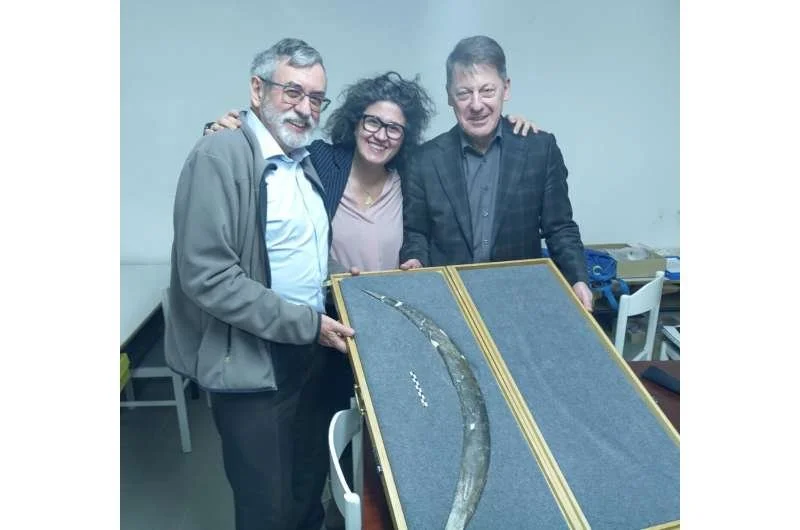The Minoans, a sophisticated naval civilization of the Bronze Age Mediterranean, remain shrouded in mystery. Despite their impressive influence and cultural achievements, much about their society is unknown—particularly their calendar system. This is largely due to the challenges posed by their undeciphered writing, Linear A. However, through archaeological and artistic evidence, scholars have pieced together fascinating insights into how the Minoans may have tracked time.
The Mystery of Linear A
The Minoans communicated through Linear A, a script believed to have influenced the later Linear B used by Mycenaean Greeks. Unfortunately, Linear A remains undeciphered, making it impossible to understand their texts or derive information about their calendar directly from written sources.
Nevertheless, alternative evidence—such as the alignment of structures and rich artistic depictions—provides valuable clues about their timekeeping and astronomical knowledge.
Celestial Themes in Minoan Art
Minoan art, which adorned their buildings, often featured celestial imagery. The sun, moon, stars, and even the Milky Way were common motifs, indicating the civilization’s keen interest in the cosmos. These natural elements likely played a central role in shaping the Minoan calendar, reflecting the civilization's connection to celestial cycles.
Tracking the Equinoxes
Despite the scarcity of evidence, scholars have uncovered intriguing details about the Minoan calendar, particularly its connection to the spring and autumn equinoxes.
Key centers of Minoan civilization, such as Knossos and Phaistos, feature royal courts aligned almost precisely with the sunrise around the equinoxes. Remarkably, these structures are oriented to capture the sunrise five days before the spring equinox and five days after the autumn equinox.
This discrepancy is believed to relate to "epagomenal days"—additional days inserted into the calendar to maintain alignment with the solar year. During these days, the sunrise would illuminate specific platforms within throne rooms, underscoring the equinoxes' importance in Minoan society.
Insights from Mythology and Astronomy
Legends surrounding King Minos provide further, though less reliable, insights into Minoan timekeeping. Ancient Greek texts describe a ritual meeting between King Minos and Zeus every nine years. Modern interpretations suggest this interval corresponds to eight years due to the absence of a zero in ancient counting systems.
This eight-year cycle, known as the octaeteris, aligns closely with solar and lunar patterns. However, as these legends date to a period well after the height of Minoan civilization, they are not considered a definitive source of information.
More concrete evidence suggests that the Minoans followed the Metonic cycle—a 19-year period during which lunar phases recur on the same calendar day. This discovery underscores their advanced understanding of lunar and solar synchronization.
The Structure of the Minoan Calendar
Based on archaeological findings and comparisons with contemporary systems, scholars believe the Minoan calendar consisted of:
Twelve months, each containing 30 days.
A 360-day year, supplemented by five epagomenal days to match the solar year.
This structure bears striking similarities to the ancient Egyptian calendar, hinting at possible cultural exchanges or shared influences between the two civilizations.
Conclusion
Although much about the Minoan calendar remains speculative, the combination of astronomical alignment, artistic representation, and indirect evidence paints a picture of a civilization deeply attuned to celestial rhythms. These insights not only enhance our understanding of the Minoans but also highlight their sophisticated approach to timekeeping in the ancient world.







